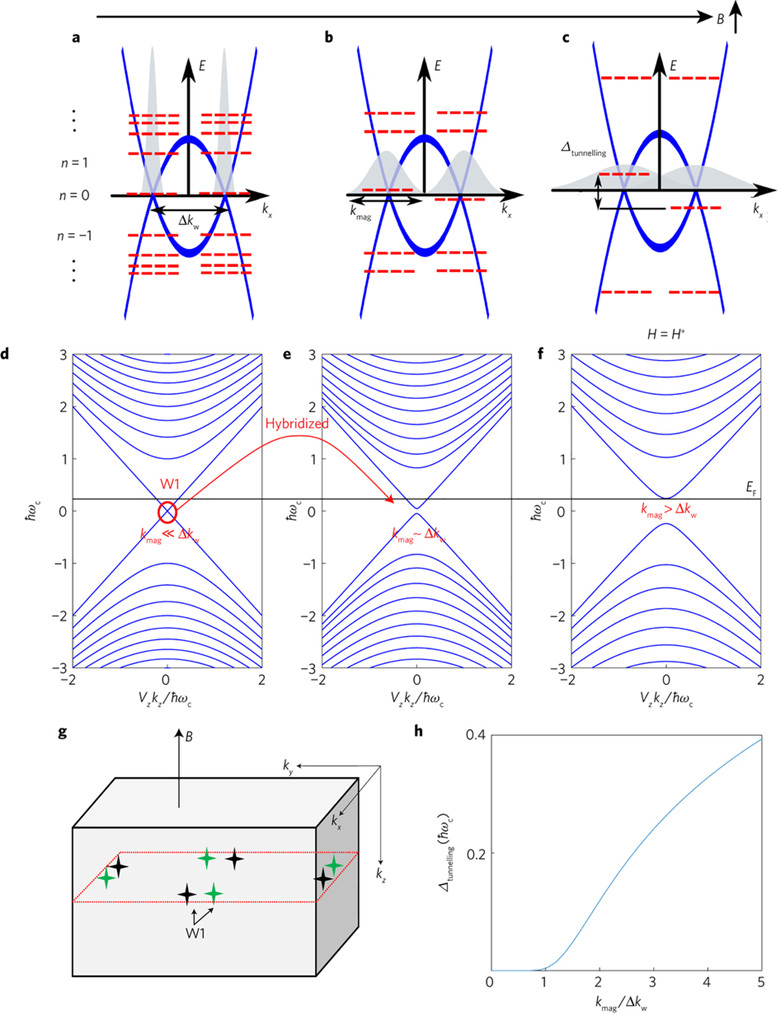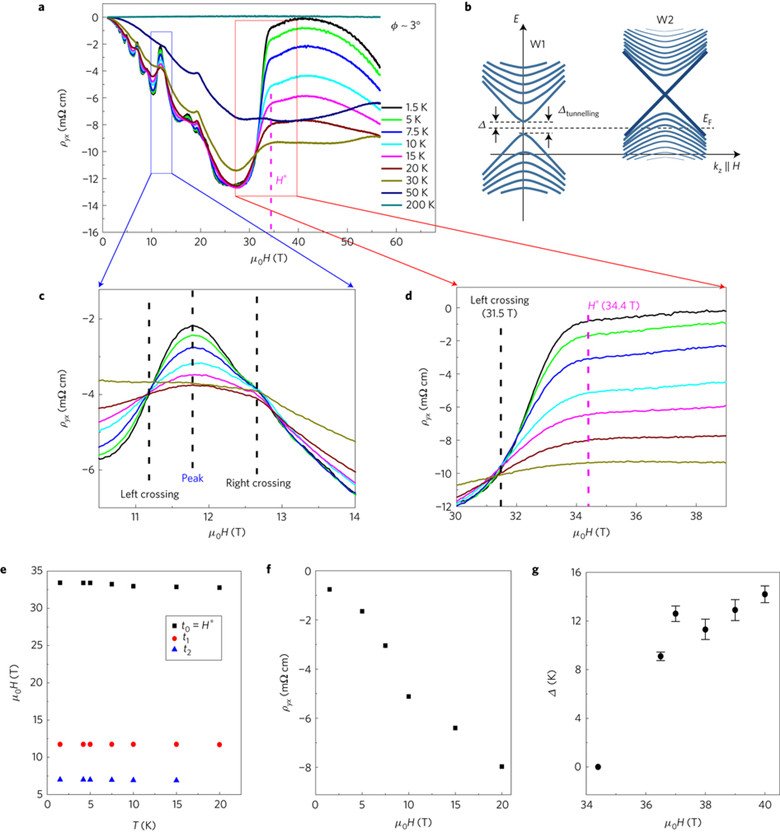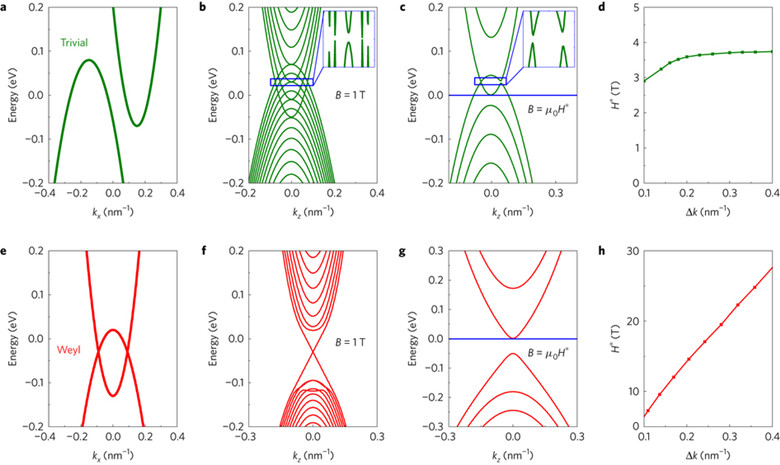Researchers make breakthrough in magnetic geometry-induced quantum geometry and nonlinear transport
2025-06-06SUSTech hosts IOP Forum with President of Institute of Physics Sir Keith Burnett
2025-03-26Researchers discover unusual thermal conductivity in high-symmetry single crystals
2025-03-26New efficient method detects quantum temporal correlations
2025-03-26Researchers explore unconventional magnons predicted by spin space groups
2025-03-25On July 10th, Nature Physics published advance online an article titled “Magnetic-tunneling-induced Weyl node annihilation in topological semimetals”. The corresponding authors are Prof. Shuang Jia from Peking University, Associate Professor Hai-Zhou Lu from Department of Physics of SUSTech and Institute of Quantum Science and Engineering (IQSE) , and Porf. Junfeng Wang from Wuhan National High Magnetic Field Center. The first author is Chenglong Zhang from Peking University. Other major contributors include Dr. Suyang Xu and Prof. Hasan from Princeton University, Prof. Chi Zhang and Prof. Xincheng Xie from Peking University, Prof. Titus Neupert from University of Zurich, and Prof. Hsin Lin from National University of Singapore. Professor Hai-Zhou Lu‘s team was responsible for all theoretical simulations and part of theoretical analyses and modeling in the work.
One of the frontiers in Physics is to explore quasiparticles that can be described by the Dirac equation in condensed matter systems. The Dirac equation was created by Paul M. Dirac in 1928 to describe spin 1/2 fermions, e.g., electrons. It predicted the existence of positions, which got verified soon experimentally in 1932. The Dirac equation has different representations, corresponding quasiparticles can be found in a number of condensed matter systems. For example, graphene (2010 Nobel Prize in Physics) and the surface of a topological insulator can host 2D massless Dirac fermions, unconventional superconductors can host Majorana fermions at their boundaries. In particular, as the 3D massless limit of the Dirac equation, Weyl fermions can be realized in recently discovered topological semimetals.
Mass is one of the fundamental properties of an elementary particle. It helps to change the speed of a moving particle, so speed of light in a constant in any reference frames because photons have no mass. Weyl fermions have no mass and have to appear in pairs, carrying opposite chirality in each pair. By coupling two paired Weyl fermions, they can acquire mass and lose chirality. In this sense, the Weyl fermions are annihilated (Figure 1).
In this work, Prof. Shuang Jia’s team at Peking University prepared high-quality topological Weyl semimetal TaP and performed the experiment at Wuhan National High Magnetic Field Center, with assistance from Prof. Wang Junfeng’s team. At 34.4 Tesla (about 1 million times stronger than the earth magnetic field) and at temperatures of 1.5 to 20 Kelvin, the Hall resistance shows an anomalous sign change (Figure 2).
Hai-Zhou Lu and his group members, Research scientist Dr. Chunming Wang and Postdoc Fellow Dr. Zongzheng Du, performed a systematic calculation and provide the support for the data analysis (Figure 2a, 2c-2d, Figure 3). Their theoretical analysis favors an explanation based on the gap opening in the lowest Landau band of Weyl fermions. In condensed matter physics, a gap opening in the energy spectrum is equivalent to a quasiparticle acquiring mass if it can be described by the Dirac equation. In this way, the Weyl node annihilation was verified.
As one of the core members of the IQSE, Prof. Hai-Zhou Lu and his team was dedicated to develop theories of quantum transport in topological semimetals [e.g., see the recent review in Front. Phys. 12, 127201 (2017)] after joining SUSTech. Several of his works support the data analysis [e.g., Phys. Rev. B 92, 045203 (2015); Phys. Rev. Lett. 117, 077201 (2016), etc]. Prof. Lu’s research is supported by the National Key R&D Program (Grant No. 2016YFA0301700), and National Natural Science Foundation of China (Grant No. 11574127). The numerical simulations were performed on the High-Performance Computing Platform of SUSTech.
Link to the article:
https://www.nature.com/nphys/journal/vaop/ncurrent/full/nphys4183.html

Figure 1. Mechanism of the gap opening and Weyl node annihilation (Fig. 2 of the article).

Figure 2. Anomalous Hall resistance at 34.4 T in TaP (Fig. 3 of the article).

Figure 3. Comparison of the lowest Landau band between a trivial compensated semimetal and a topological Weyl semimetal (Fig. 6 of the article).